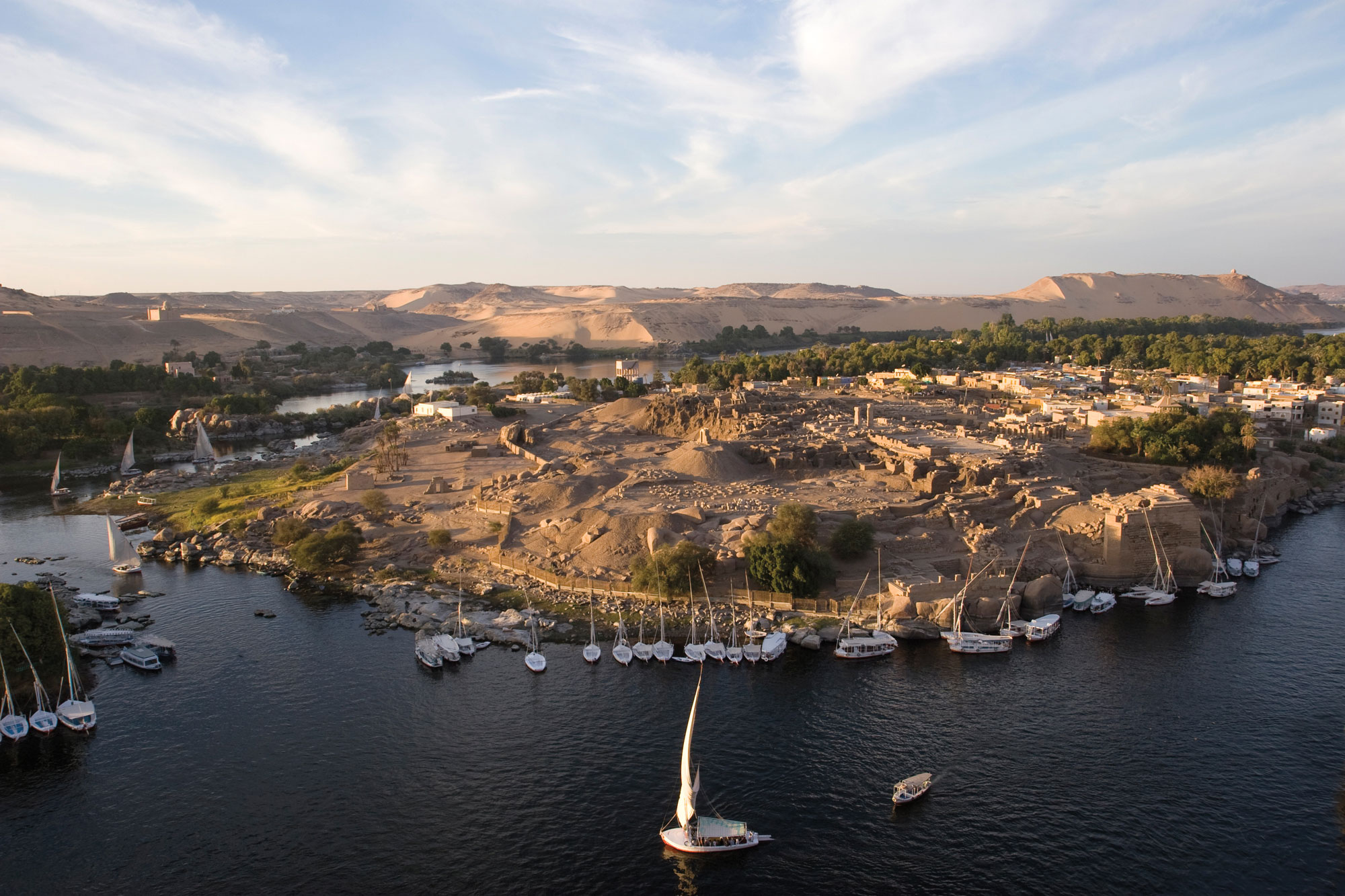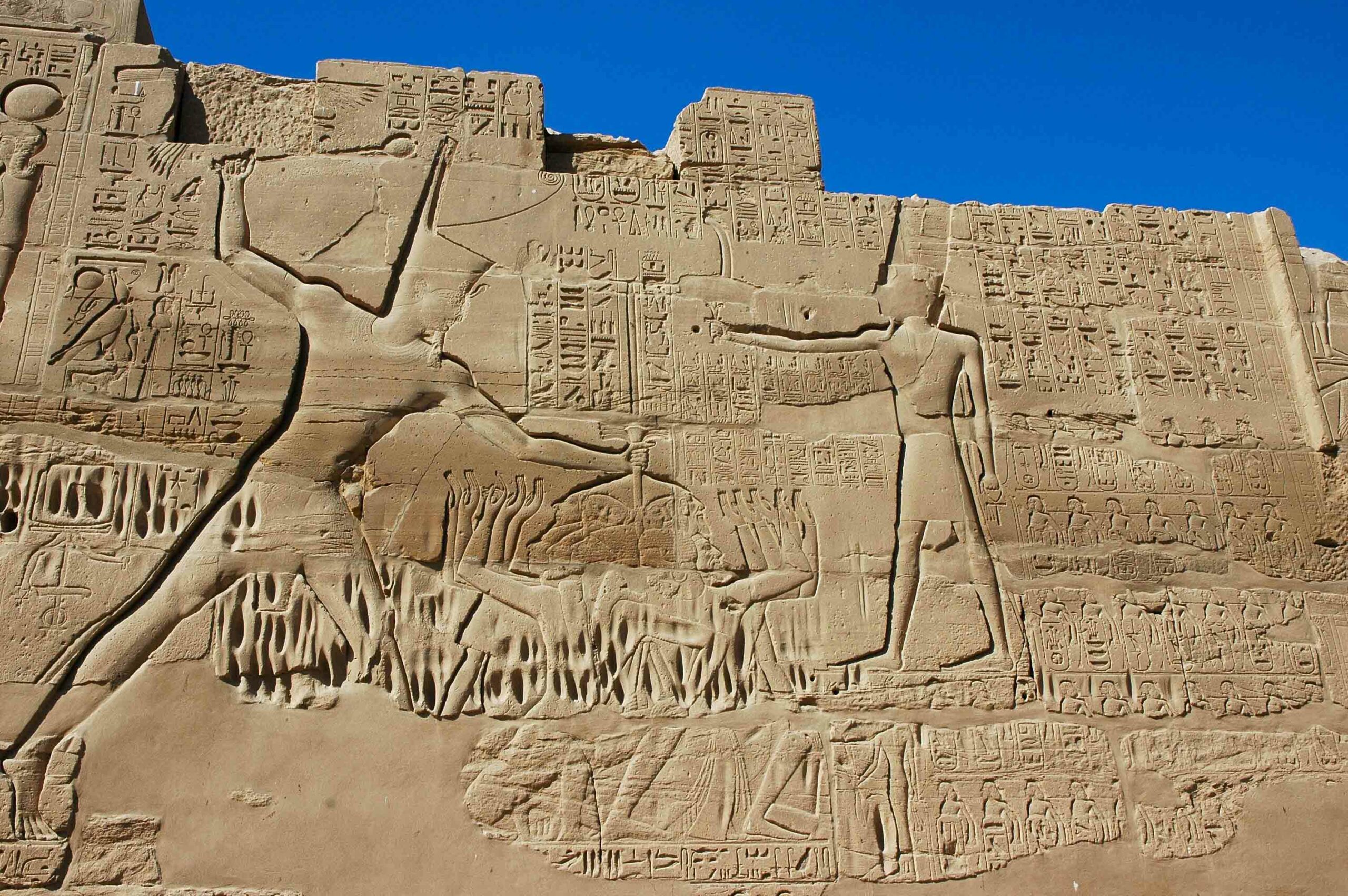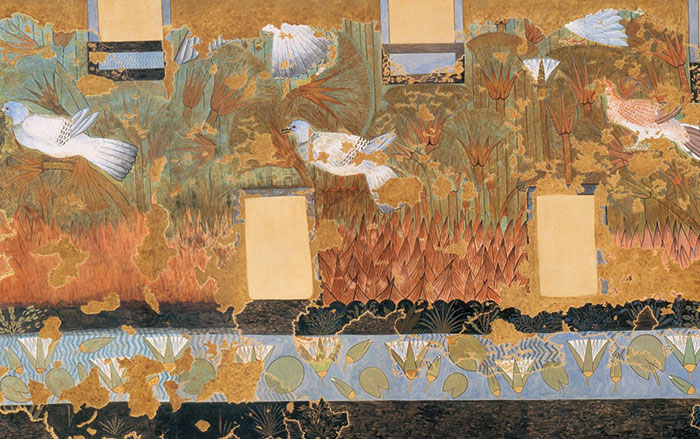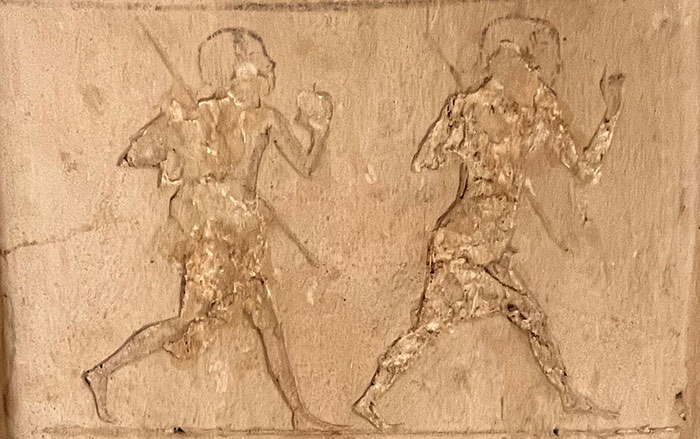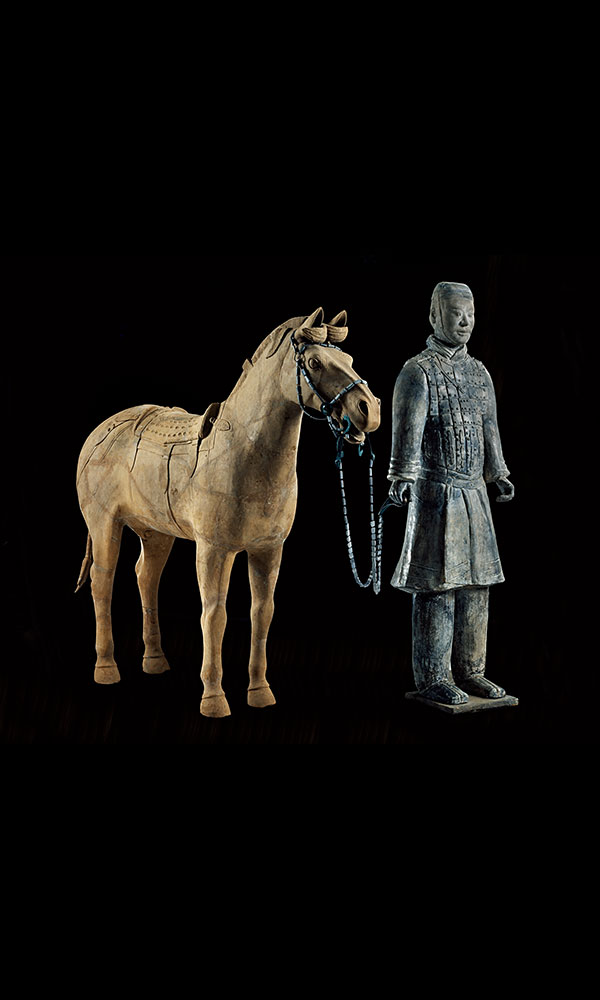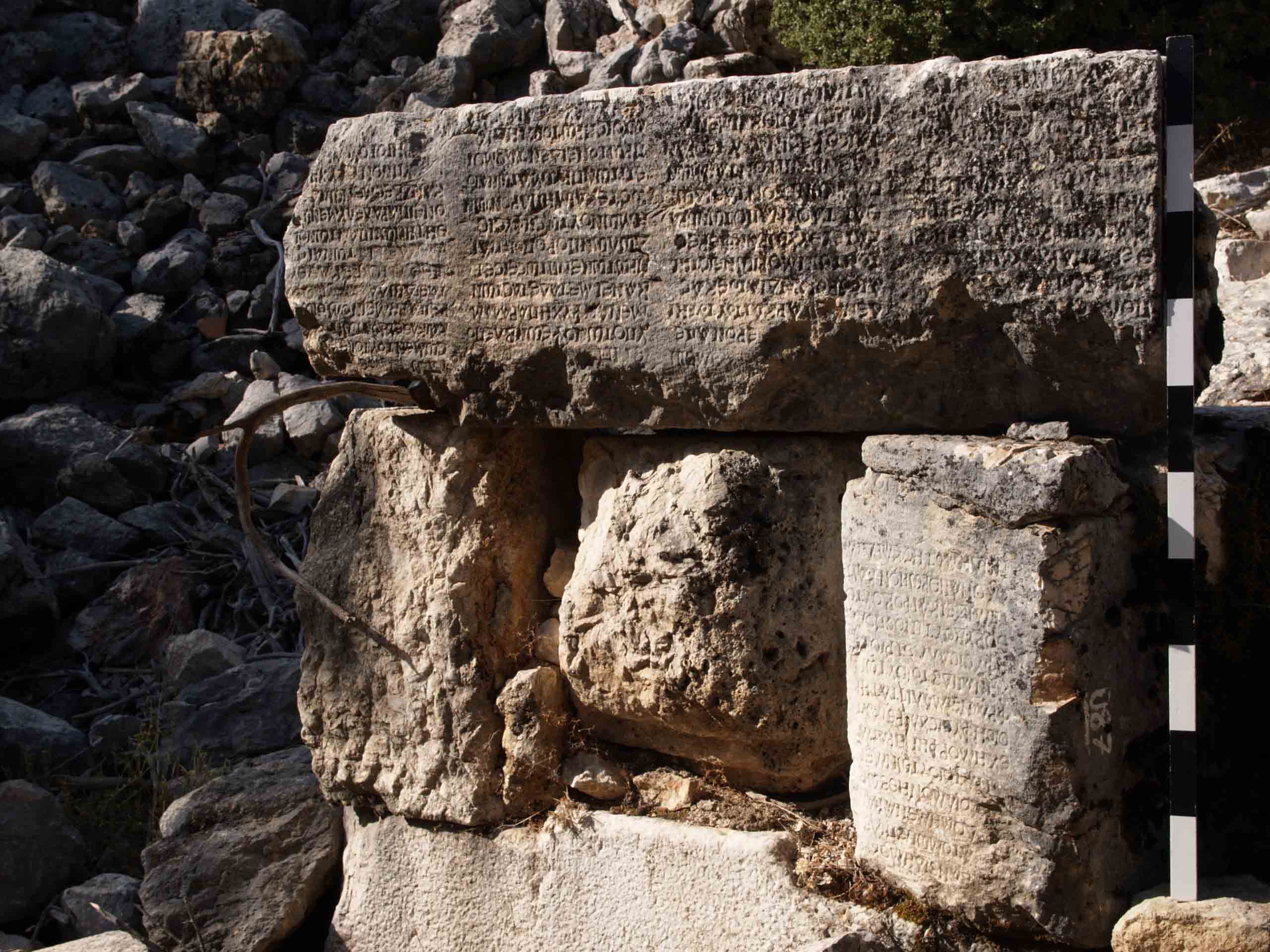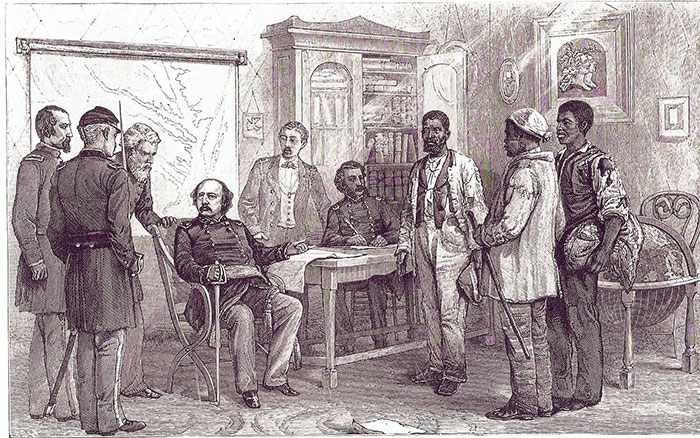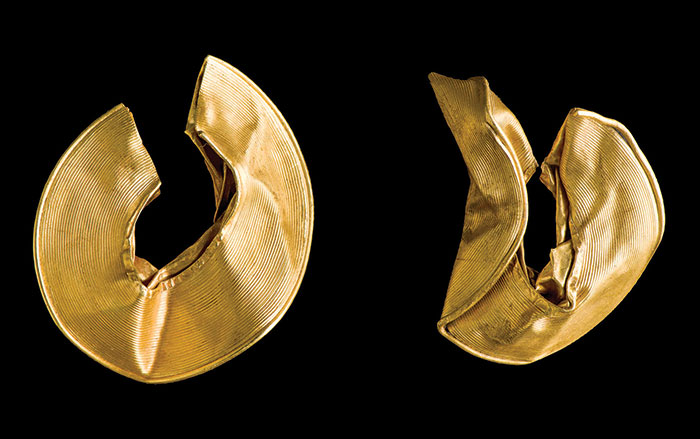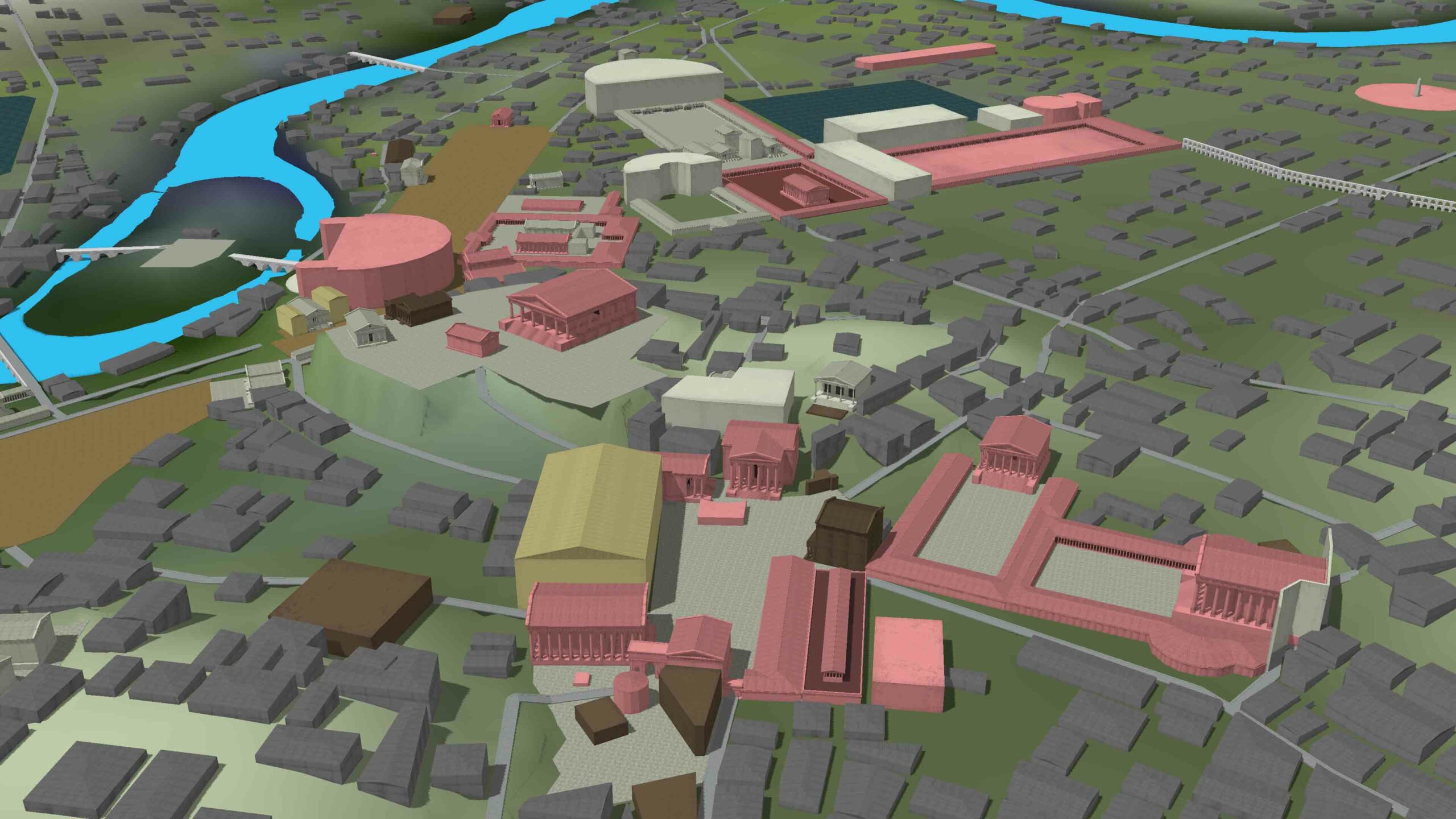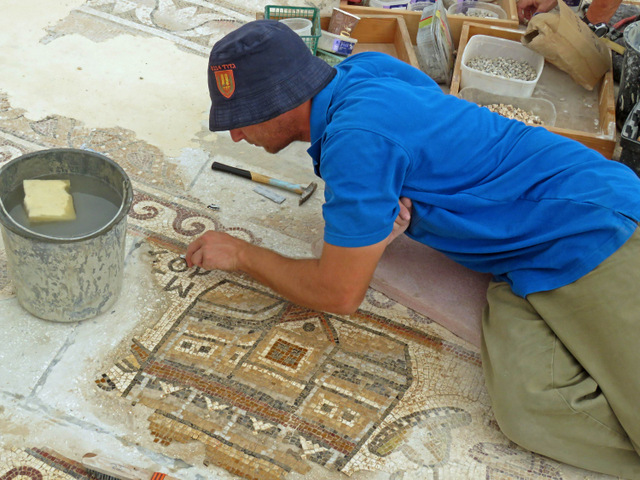
QIRYAT GAT, ISRAEL—The mosaic floor of a Byzantine-era church that had been removed for conservation purposes has been returned to Qiryat Gat Industrial Park, where it will be on display. The 1,500-year-old mosaic realistically depicts a Nile River landscape and the streets and buildings of a settlement in Egypt where, according to Christian tradition, the prophet Habakkuk had been buried. “The appearance of buildings on mosaic floors is a rare phenomenon in Israel. The buildings are arranged along a main colonnaded street of a city, in a sort of ancient map,” archaeologists Sa’ar Ganor and Rina Avner of the Israel Antiquities Authority said in a press release. Animals, including a rooster, deer, and birds are depicted in two sections of the mosaic, and there is also an image of a goblet with red fruits. “The artist utilized tesserae of 17 different colors in preparing the mosaic. The investment in the raw materials and their quality are the best ever discovered in Israel,” added Ganor. To read more about ancient mosaics, go to "Zeugma After the Flood."


